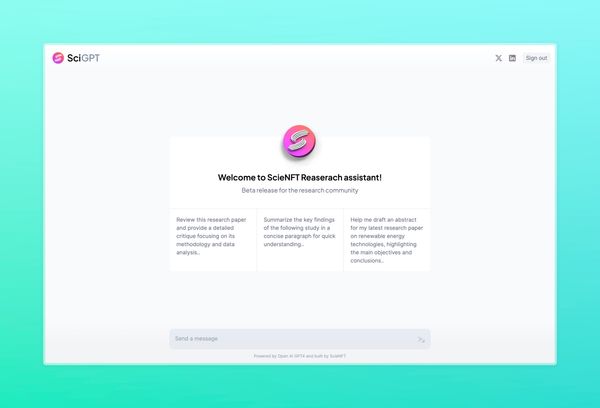What is the Open Science Movement?
The open science movement has gained significant momentum in recent years, and for good reason. The movement seeks to promote the sharing of scientific knowledge and research data in a way that is accessible to everyone.

The open science movement has gained significant momentum in recent years, and for good reason. The movement seeks to promote the sharing of scientific knowledge and research data in a way that is accessible to everyone. The goal of open science is to increase transparency, collaboration, and reproducibility in scientific research, ultimately leading to more accurate and impactful discoveries. One of the key tenets of the open science movement is the idea of open access.
Open access refers to the practice of making research articles freely available online, without paywalls or other barriers to access. Currently, the fees charged by journals to articles often creates a barrier for those without institutional access to keep up with the latest findings in their field. By making research articles freely available online, the open science movement is democratizing access to scientific knowledge and allowing more people to participate in the scientific conversation. This not only benefits individual researchers but also has the potential to drive scientific progress forward at a faster pace, as more people are able to build on existing research and collaborate on new projects. Another important aspect of the open science movement is the promotion of open data. This refers to the idea that research data should be made publicly available in a way that is accessible and reusable. By making data open, researchers are able to reproduce and verify each other's findings, ultimately leading to more accurate and reliable scientific knowledge. There have been many notable discoveries that have come out of the open science movement, which demonstrate its potential for driving scientific progress. One example is the discovery of gravitational waves, which was announced in 2016.
This groundbreaking discovery was made possible by a global network of scientists
working together to share data and collaborate on the analysis of that data. The data used in the gravitational waves discovery was collected by the Laser Interferometer Gravitational-Wave Observatory (LIGO) in the United States and the Virgo detector in Italy. The data was then analyzed by a team of over 1,000 scientists from around the world, who worked together to confirm the existence of gravitational waves and demonstrate their properties. The success of the gravitational waves discovery is a testament to the power of open science and collaboration. By sharing data and working together, scientists were able to achieve a breakthrough that would have been impossible for any one individual or institution to achieve alone.
Overall, open science is a movement that seeks to promote greater collaboration, transparency, and accessibility in scientific research. By breaking down traditional barriers to access and collaboration, open science is helping to drive scientific discovery and innovation forward, and enabling greater public engagement in the scientific process.





